Home>diy>Building & Construction>What Is A Baffle In Construction
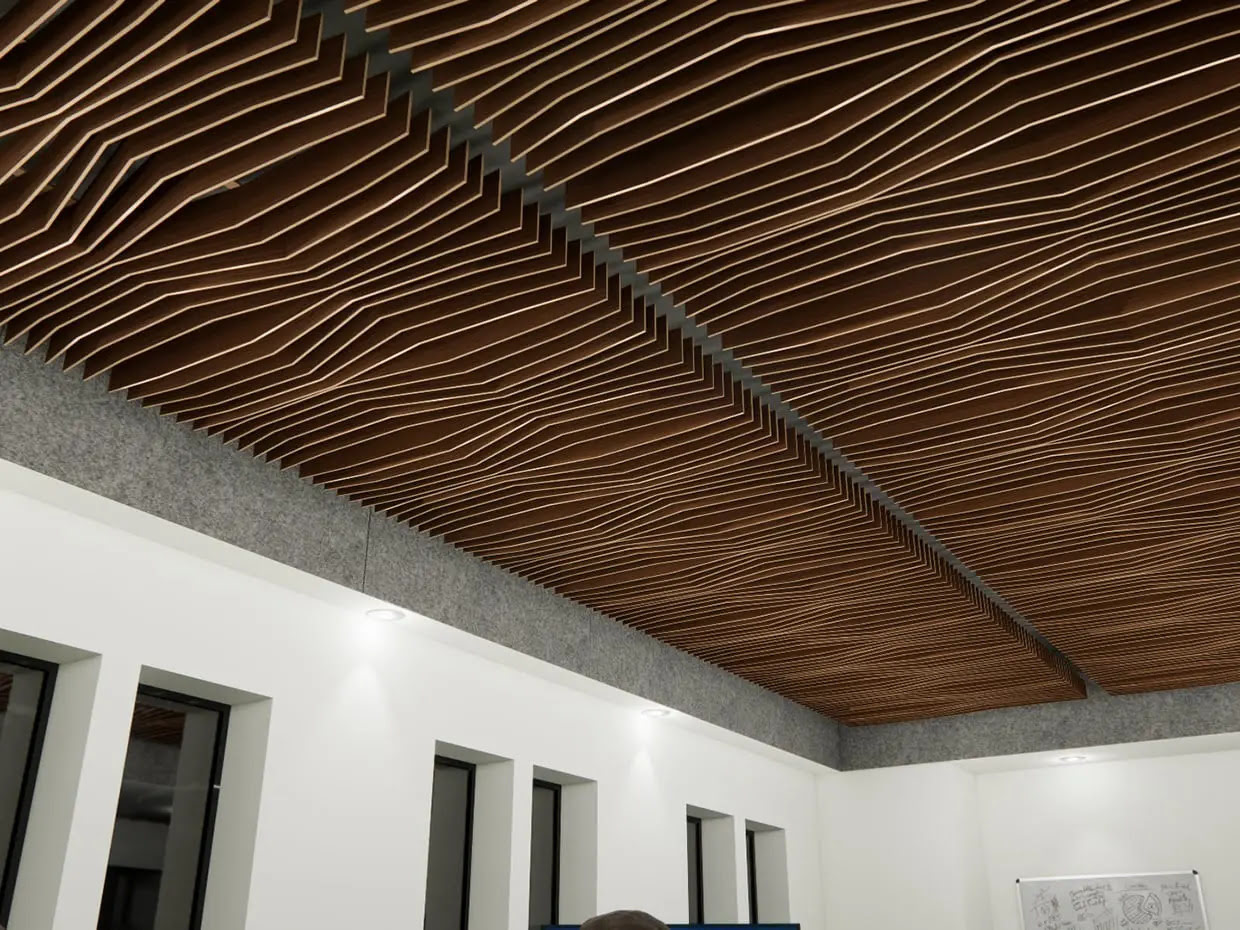

Building & Construction
What Is A Baffle In Construction
Modified: May 6, 2024
Learn what a baffle is in building construction and how it plays a crucial role in regulating airflow and sound insulation. Enhance your understanding of baffle systems and their importance.
(Many of the links in this article redirect to a specific reviewed product. Your purchase of these products through affiliate links helps to generate commission for Storables.com, at no extra cost. Learn more)
Introduction
Welcome to the fascinating world of construction, where structures are built from the ground up to create the foundations of our society. Within the vast realm of construction, there are countless components and elements that come together to ensure the strength, stability, and functionality of a building. One such component is the baffles, which play a crucial role in the construction process. In this article, we will explore what baffles are, their purpose and function in construction, the different types and materials used, the installation process, as well as the benefits and potential limitations of incorporating baffles into construction projects.
Whether you are a construction professional or simply someone curious about the building process, understanding the significance of baffles is essential. These unassuming elements are strategically designed and installed to enhance the performance and efficiency of various systems within a structure, providing both functional and aesthetic benefits. So, let’s dive deeper into the world of baffles and discover how they contribute to the construction industry.
Key Takeaways:
- Baffles are essential in construction, serving diverse functions such as controlling airflow, managing water flow, reducing noise, enhancing energy efficiency, ensuring structural stability, and adding aesthetic appeal to buildings.
- Proper design, maintenance, space considerations, cost analysis, compatibility with other building systems, and performance limitations should be considered when integrating baffles into construction projects to maximize their benefits and mitigate potential drawbacks.
Read more: What Are Insulation Baffles
Definition of a Baffle in Construction
In the context of construction, a baffle refers to a device or structure that is specifically designed and implemented to control or redirect the flow of air, water, sound, or other substances within a building or structure. Baffles are typically placed strategically to optimize the performance and efficiency of various systems, such as HVAC (Heating, Ventilation, and Air Conditioning), plumbing, acoustics, and fluid dynamics.
The primary function of a baffle is to create a barrier or obstruction that alters the path of airflow, water flow, or sound waves. By doing so, baffles help to regulate the distribution of air, water, or sound and prevent unwanted effects such as turbulence, excessive noise, or uneven distribution. They can be used in different areas of a structure, including walls, ceilings, floors, ducts, pipes, and other relevant components.
Baffles come in various shapes, sizes, and materials, depending on their intended purpose and the specific requirements of the construction project. They can be simple, flat structures, or they can exhibit intricate designs to achieve specific performance objectives. The choice of materials for baffles also varies widely, ranging from metal, plastic, fiberglass, wood, and composite materials, with each material offering different properties such as durability, weight, sound absorption, and heat resistance.
Overall, baffles are an essential element of the construction process, contributing to the efficient functioning and overall performance of a building or structure. Their presence helps to ensure a controlled flow of air, water, or sound, enhancing comfort, reducing energy consumption, and maintaining the structural integrity of the construction project.
Purpose and Function of Baffles in Construction
Baffles serve several important purposes and perform various functions in the realm of construction. Let’s explore some of the key purposes and functions of baffles:
1. Airflow Control: One of the primary functions of baffles in construction is to control the flow of air. Baffles are strategically placed to direct air in a specific direction, regulate air circulation, and maintain proper ventilation within a building. By controlling airflow, baffles help to prevent areas of stagnant air, improve indoor air quality, and ensure a comfortable environment for occupants.
2. Water Flow Management: Baffles are also used in plumbing systems to regulate the flow of water. They help to control the movement of water in pipes, prevent water hammering, and ensure an even distribution of water in various plumbing fixtures. Baffles can also be used in drainage systems to divert water flow and prevent flooding or water damage.
3. Noise Reduction: Baffles play a crucial role in sound control within a building. They are utilized to reduce noise levels by absorbing or deflecting sound waves, preventing them from traveling to other areas of the structure. Baffles are commonly used in concert halls, performance venues, offices, and residential buildings to create a quieter environment and enhance acoustics.
4. Energy Efficiency: Baffles also contribute to energy efficiency in construction projects. By effectively controlling the flow of air, baffles help to optimize HVAC systems, reducing the energy required for heating or cooling. By improving ventilation and insulation properties, baffles aid in maintaining a consistent indoor temperature, reducing energy consumption, and lowering utility costs.
5. Structural Integrity: Baffles are often integrated into the construction of walls, ceilings, and floors to provide additional structural support. They help to distribute weight evenly, prevent sagging or buckling, and enhance the overall stability of the building. Baffles can also be used to reinforce specific areas where additional strength is required, ensuring the structural integrity of the construction project.
6. Aesthetic Appeal: In addition to their functional purposes, baffles can also serve an aesthetic function in construction. They can add visual interest, texture, and architectural flair to a building’s interior or exterior design. Baffles can be designed in various shapes, sizes, and materials to complement the overall aesthetic vision of the project.
Overall, the purpose and function of baffles in construction are diverse and essential. Whether it’s managing airflow, controlling water flow, reducing noise, improving energy efficiency, enhancing structural integrity, or adding to the building’s aesthetic appeal, baffles play a vital role in ensuring a well-designed and functional structure.
Types of Baffles Used in Construction
As baffles play a crucial role in optimizing various systems within a building, there are different types of baffles that are commonly used in construction. These different types of baffles are designed to suit specific purposes and requirements. Let’s explore some of the most common types:
1. Air Baffles: Air baffles, also known as wind baffles or wind deflectors, are used to control and redirect the flow of air within a building. They are typically installed near openings such as windows, doors, or ventilation systems to ensure a consistent and controlled airflow. Air baffles are particularly useful in areas where strong winds or turbulent airflow can have a negative impact on the comfort and energy efficiency of a structure.
2. Water Baffles: Water baffles, also called water flow modifiers or flow restrictors, are used in plumbing systems to regulate the flow of water. These baffles are often installed in pipes, particularly in areas where water pressure needs to be controlled or where water hammering may occur. Water baffles help to ensure a consistent flow of water, prevent excessive water pressure, and minimize the risk of pipe damage or leaks.
3. Sound Baffles: Sound baffles, also known as sound absorbers or sound diffusers, are utilized to manage and control sound within a building. They are designed to absorb or diffuse sound waves, reducing noise levels and creating a more acoustically pleasant environment. Sound baffles can be installed on walls, ceilings, or as freestanding elements. They are commonly used in areas such as concert halls, recording studios, theaters, and offices where sound quality and noise reduction are crucial.
4. HVAC Baffles: HVAC (Heating, Ventilation, and Air Conditioning) baffles, also called air distribution baffles, are used in HVAC systems to regulate the flow of air. These baffles are typically installed in ducts, vents, or air registers to control the direction and volume of airflow. HVAC baffles help to ensure proper air distribution, optimize heating or cooling efficiency, and maintain a comfortable indoor climate.
5. Structural Baffles: Structural baffles are employed to provide additional support and stability to a building’s structure. They can be in the form of beams, columns, or braces that are strategically placed to reinforce specific areas. Structural baffles help to distribute weight, prevent sagging or buckling, and enhance the overall strength and integrity of the building.
6. Aesthetic Baffles: Aesthetic baffles, also known as decorative baffles, are used to add visual interest and enhance the architectural design of a building. These baffles can be designed in various shapes, sizes, and materials to create unique patterns, textures, and focal points. Aesthetic baffles can be used on ceilings, walls, or exteriors to create an aesthetically pleasing and visually appealing environment.
These are just a few examples of the various types of baffles used in construction projects. The specific type of baffle used will depend on the purpose, function, and requirements of the project, as well as the desired aesthetic and performance objectives.
Materials Used for Baffles in Construction
When it comes to baffles in construction, a wide range of materials can be used, each offering unique properties and advantages. The choice of material for baffles will depend on factors such as the intended purpose, aesthetic considerations, durability, cost-effectiveness, and specific requirements of the construction project. Let’s explore some common materials used for baffles:
1. Metal: Metals such as steel, aluminum, and copper are popular choices for baffles in construction. Metal baffles are known for their strength, durability, and resistance to environmental factors. They can withstand high temperatures, resist corrosion, and provide robust support in structural applications. Metal baffles can be fabricated into various shapes and sizes, offering both functional and aesthetic benefits.
2. Plastic: Plastic, particularly high-density polyethylene (HDPE), is commonly used for baffles in construction projects. Plastic baffles are lightweight, cost-effective, and highly resistant to moisture, chemicals, and UV radiation. They can be easily molded into different shapes and sizes, making them versatile for various purposes. Plastic baffles are often preferred for applications that require water flow management, such as in plumbing systems or drainage solutions.
3. Fiberglass: Fiberglass baffles are made from woven glass fibers embedded in a resin matrix. They are known for their excellent insulation properties, fire resistance, and sound absorption capabilities. Fiberglass baffles can be used in HVAC systems to control air distribution, as well as in acoustical applications to reduce noise transmission. They are lightweight, easy to install, and offer good thermal performance.
4. Wood: Wood baffles are widely used for their aesthetic appeal and natural warmth. Wood materials such as solid wood, plywood, or engineered wood can be crafted into baffles to add a touch of natural beauty to a building’s interior or exterior. Wood baffles can provide structural support as well as serve as decorative elements, often used in applications such as ceilings, walls, or decorative screens.
5. Composite Materials: Composite materials, made from a combination of different materials, are gaining popularity in construction. These materials offer a balance of strength, durability, and versatility. Composite baffles can be engineered to meet specific performance requirements, combining properties such as strength, lightness, and resistance to fire or moisture. They can be customized to achieve desired aesthetics and performance objectives.
6. Other Materials: Depending on the specific needs of a construction project, other materials such as glass, fabric, concrete, or gypsum may be used for baffles. Glass baffles can create sleek and modern designs, while fabric baffles can add texture and acoustic benefits. Concrete and gypsum baffles can provide sturdy structural support and can be molded into specific shapes and patterns.
It is important to evaluate the properties and considerations of each material when selecting baffles for construction projects. The right choice of material will depend on factors such as the project’s budget, performance requirements, environmental factors, and aesthetic vision.
A baffle in construction is a barrier or partition used to control the flow of air, sound, or water. It can be used in HVAC systems, soundproofing, or water management. Proper installation and material selection are crucial for effective baffle performance.
Read more: What Are Attic Baffles
Installation Process of Baffles in Construction
The installation process of baffles in construction involves careful planning, precise measurements, and proper execution to ensure their effective implementation. Although the specific installation steps may vary depending on the type of baffles and the construction project’s requirements, there are some general guidelines that apply. Let’s explore the typical installation process of baffles:
1. Planning and Design: Before installing baffles, it is important to thoroughly plan and design their placement. This involves considering factors such as the purpose of the baffles, the desired flow control or noise reduction, and the specific location within the building where they will be installed. Precise measurements and calculations of dimensions are crucial to ensure accurate placement and optimal functionality of the baffles.
2. Preparation of Installation Area: The installation area needs to be prepared before installing baffles. This may involve cleaning the surfaces, removing any obstructions or debris, and ensuring proper adhesion or attachment points for the baffles. For example, if installing acoustic baffles, the walls or ceiling may need to be treated with sound-absorbing materials or specialized mounting systems.
3. Placement and Attachment: The baffles are then placed or attached to the designated areas within the construction project. This can involve different methods depending on the baffles and the specific application. For example, metal baffles may be attached using screws or welding, while acoustic baffles may be suspended from the ceiling using wires or mounted using specialized brackets.
4. Sealing and Insulation: Depending on the type of baffles and their intended function, sealing and insulation may be necessary. This step ensures proper air or water flow control and prevents leakage or unwanted transfer of heat or sound. Sealants, gaskets, or insulation materials may be applied, depending on the specific requirements of the baffles and the construction project.
5. Testing and Adjustment: Once the baffles are installed, testing and adjustment are essential to ensure their effectiveness. Airflow, water flow, or sound distribution may need to be measured and adjusted if necessary. This step allows for any necessary improvements or fine-tuning to optimize the performance of the baffles.
6. Documentation and Maintenance: Lastly, it is important to document the installation process, including specific measurements, materials used, and any adjustments made. This documentation serves as a reference for future maintenance or troubleshooting. Regular maintenance and inspection of the baffles are also crucial to ensure their longevity and optimal performance.
It is essential to follow best practices, safety guidelines, and any specific manufacturer’s instructions when installing baffles. Consulting with professionals and experts in the field can provide valuable insights and ensure the proper installation of baffles for optimal performance within the construction project.
Benefits and Advantages of Using Baffles in Construction
Incorporating baffles into construction projects offers a wide range of benefits and advantages that contribute to the overall performance, functionality, and comfort of the building. Let’s explore some of the key benefits:
1. Improved Airflow Control: Baffles help to regulate and control the flow of air within a building. By directing air in specific paths, baffles ensure proper ventilation, prevent areas of stagnant air, and maintain a comfortable indoor environment. Effective airflow control can also enhance energy efficiency by optimizing the performance of HVAC systems.
2. Enhanced Sound Control: Baffles are instrumental in reducing noise levels within a building. Whether it’s in recording studios, concert halls, or offices, sound baffles absorb or diffuse sound waves, preventing them from traveling to other areas. This results in a quieter and more acoustically pleasing environment, improving productivity and comfort for occupants.
3. Efficient Water Flow Management: Baffles in plumbing systems ensure smooth and controlled water flow. By regulating water pressure and preventing water hammering, baffles help to avoid excessive wear and tear on pipes, reduce the risk of leaks, and maintain a consistent water supply to various fixtures within the building.
4. Energy Efficiency: Baffles play a significant role in optimizing energy usage within a building. By controlling airflow and improving insulation properties, baffles assist in maintaining a consistent indoor temperature. This reduces the reliance on heating or cooling systems, resulting in lower energy consumption, decreased utility costs, and increased energy efficiency.
5. Structural Stability: Baffles provide additional structural support, particularly in areas prone to stress or strain. By distributing weight evenly and reinforcing key structural elements, baffles help to prevent sagging, bowing, or structural failure. This ensures the long-term stability and integrity of the building.
6. Aesthetic Enhancement: Baffles can also contribute to the visual appeal and design aesthetics of a building. With a wide range of materials, shapes, and styles available, baffles can be customized to complement the overall architectural vision. They can add visual interest, texture, and uniqueness to various spaces within the building.
7. Flexibility and Versatility: Baffles can be tailored to specific requirements and applications. They can be installed in different areas of the building, such as walls, ceilings, floors, or ducts. The versatility of baffles allows for customization based on the needs and objectives of the construction project.
8. Compliance with Regulations: Baffles aid in meeting building codes and regulations, particularly in areas such as fire safety, acoustics, and ventilation. Incorporating baffles into the construction design helps ensure compliance with relevant standards, creating a safe and comfortable environment for occupants.
Overall, the use of baffles in construction provides a multitude of benefits that enhance the performance, functionality, and sustainability of the building. They improve airflow, control sound, manage water flow, promote energy efficiency, enhance structural integrity, and contribute to the overall aesthetic appeal of the structure.
Considerations and Potential Limitations of Baffles in Construction
While baffles offer numerous benefits and advantages, it is important to consider potential limitations and factors that may impact their effectiveness. Let’s explore some key considerations:
1. Proper Design and Placement: The design and placement of baffles are critical for their optimal functionality. Improper design or incorrect placement may hinder their effectiveness or result in limited airflow control, inadequate sound reduction, or inefficient water flow management. It is crucial to consult with professionals and experts to ensure the proper design and placement of baffles in construction projects.
2. Maintenance and Cleaning: Baffles, particularly those used for airflow control, may require regular maintenance and cleaning to ensure their ongoing performance. Accumulated dirt, debris, or blockages can obstruct airflow or compromise water flow management. Regular inspections and cleaning should be carried out to preserve the effectiveness of baffles and prevent issues that may arise over time.
3. Compatibility with Building Systems: Baffles need to be compatible with other building systems and components. Integration with HVAC systems, plumbing systems, or acoustic treatments must be carefully considered during the design and implementation stages. Understanding the compatibility of baffles with other building systems is crucial to ensure seamless operation and to avoid potential conflicts or compromises in functionality.
4. Space Limitations: Baffles may require specific space considerations during installation. They may occupy valuable floor or wall space, limiting the overall usable area within a building. It is important to plan accordingly and consider potential space constraints, especially in areas where baffles are essential for airflow control, sound reduction, or water flow management.
5. Cost Considerations: The cost of baffles can vary depending on the chosen materials, customization requirements, and installation complexity. It is essential to consider the budget and evaluate the cost-effectiveness of baffles in relation to the specific benefits they provide. Proper cost analysis should be conducted to ensure that the overall investment in baffles aligns with the project budget and goals.
6. Aesthetic Impact: While baffles can enhance the visual appeal of a building, they may also have an impact on the overall aesthetics, particularly if they are prominently visible. Careful consideration should be given to the design and integration of baffles into the overall architectural vision to ensure they blend harmoniously with the surrounding environment.
7. Performance Limitations: Baffles are designed and installed based on specific performance objectives and limitations. It is important to understand that while baffles can improve airflow, sound control, or water flow, there may be boundaries to the extent of their effectiveness. Factors such as external environmental conditions, building design, or equipment limitations can influence the performance of baffles.
8. Regulatory Compliance: Baffles may need to meet certain regulatory and standard requirements, particularly in areas such as fire safety, acoustics, or ventilation. It is crucial to ensure that the selected baffles comply with relevant codes and regulations to guarantee a safe and compliant building environment.
Considering these factors and potential limitations will help ensure the successful implementation and integration of baffles within construction projects, maximizing their benefits while mitigating any potential drawbacks.
Case Studies: Examples of Baffles Used in Construction Projects
Real-life examples of baffles used in construction projects demonstrate the practicality and effectiveness of these elements. Let’s explore a few case studies showcasing the use of baffles in different applications:
1. Concert Hall Acoustics:
A renowned concert hall desired exceptional acoustics for optimal sound quality. Baffles were strategically installed along the walls and ceiling to control sound reflections and create a more immersive experience for the audience. The baffles, composed of sound-absorbing materials, helped reduce unwanted echoes and reverberations, resulting in improved clarity and balanced sound throughout the hall.
2. Office Space Ventilation:
A large open-plan office space faced challenges with insufficient airflow and temperature control. By incorporating air baffles into the HVAC system’s air registers, the airflow was redirected and evenly distributed throughout the office space. This resulted in improved ventilation, balancing the temperature and minimizing hot or cold spots for increased comfort and productivity among employees.
3. Sports Arena Noise Control:
To address excessive noise levels in a sports arena, sound baffles were installed near the seating area and on the ceiling. These baffles absorbed and diffused sound waves, reducing crowd noise and echoing effects. The implementation of sound baffles created a more enjoyable and immersive experience for spectators while minimizing disturbance in neighboring areas.
4. Plumbing System Water Flow:
A high-rise residential building faced challenges with irregular water flow and water hammering in its plumbing system. Water baffles were installed in critical points within the plumbing network to regulate water pressure and control the flow. This helped prevent water hammering, ensured a steady water supply, and minimized the risk of pipe damage, resulting in improved water efficiency and reduced maintenance costs.
5. Industrial Facility Air Pollution Control:
An industrial facility sought to mitigate air pollution and control the spread of airborne particles within its premises. Air baffles were installed in ventilation systems and exhaust ducts, equipped with specialized filtration systems. These baffles effectively captured and filtered out pollutants, improving indoor air quality, minimizing health risks for workers, and meeting environmental compliance regulations.
These case studies highlight the diverse applications of baffles in construction projects, addressing challenges and improving various aspects such as acoustics, ventilation, water flow, noise control, and air quality. By customizing baffles to suit specific project requirements, these real-life examples demonstrate the effectiveness and versatility of baffles in enhancing the functionality and comfort of buildings and structures.
Read more: What Is Construction
Conclusion
Baffles play a vital role in the construction industry, offering numerous benefits and contributing to the efficiency, functionality, and comfort of buildings and structures. From controlling airflow and managing water flow to reducing noise levels and enhancing structural integrity, baffles serve a variety of purposes and perform critical functions in construction projects. By carefully selecting the type of baffles and the materials used, as well as considering factors such as design, installation, and maintenance, the effectiveness and longevity of baffles can be optimized.
Throughout this article, we have explored the definition of baffles and their role in construction. We have examined the different types of baffles commonly used, including those for airflow control, water flow management, sound reduction, HVAC optimization, and structural support. We have also discussed the various materials used for baffles, such as metal, plastic, fiberglass, wood, composite materials, and others, each offering unique properties and advantages.
Furthermore, we have delved into the installation process of baffles, emphasizing the importance of proper planning, precise placement, and adherence to safety guidelines. We have also highlighted the benefits and advantages of using baffles, including improved airflow control, enhanced sound reduction, efficient water flow management, energy efficiency, structural stability, aesthetic enhancement, and compliance with regulations.
However, it is essential to consider potential limitations and factors that may affect the effectiveness of baffles. Proper design, maintenance, space considerations, cost analysis, compatibility with other building systems, and performance limitations should all be taken into account when integrating baffles into construction projects.
Real-life case studies have further exemplified how baffles have been successfully implemented in various applications, such as concert halls, office spaces, sports arenas, residential buildings, and industrial facilities, to address specific challenges and achieve desired outcomes.
In conclusion, baffles are integral components in the construction process, responsible for optimizing airflow, managing water flow, controlling sound, enhancing energy efficiency, ensuring structural stability, and adding aesthetic value. By understanding the roles, considerations, and benefits associated with baffles, construction professionals can make informed decisions and leverage their potential to create safer, more comfortable, and sustainable built environments.
Curious about how other elements in your home work to create a comfortable living environment? Dive into our detailed discussion on how HVAC systems operate. This insightful reading will shed light on how these systems manage climate control, ensuring your home remains cozy and efficiently heated or cooled. Don't miss out on understanding this integral aspect of modern homes.
Frequently Asked Questions about What Is A Baffle In Construction
Was this page helpful?
At Storables.com, we guarantee accurate and reliable information. Our content, validated by Expert Board Contributors, is crafted following stringent Editorial Policies. We're committed to providing you with well-researched, expert-backed insights for all your informational needs.
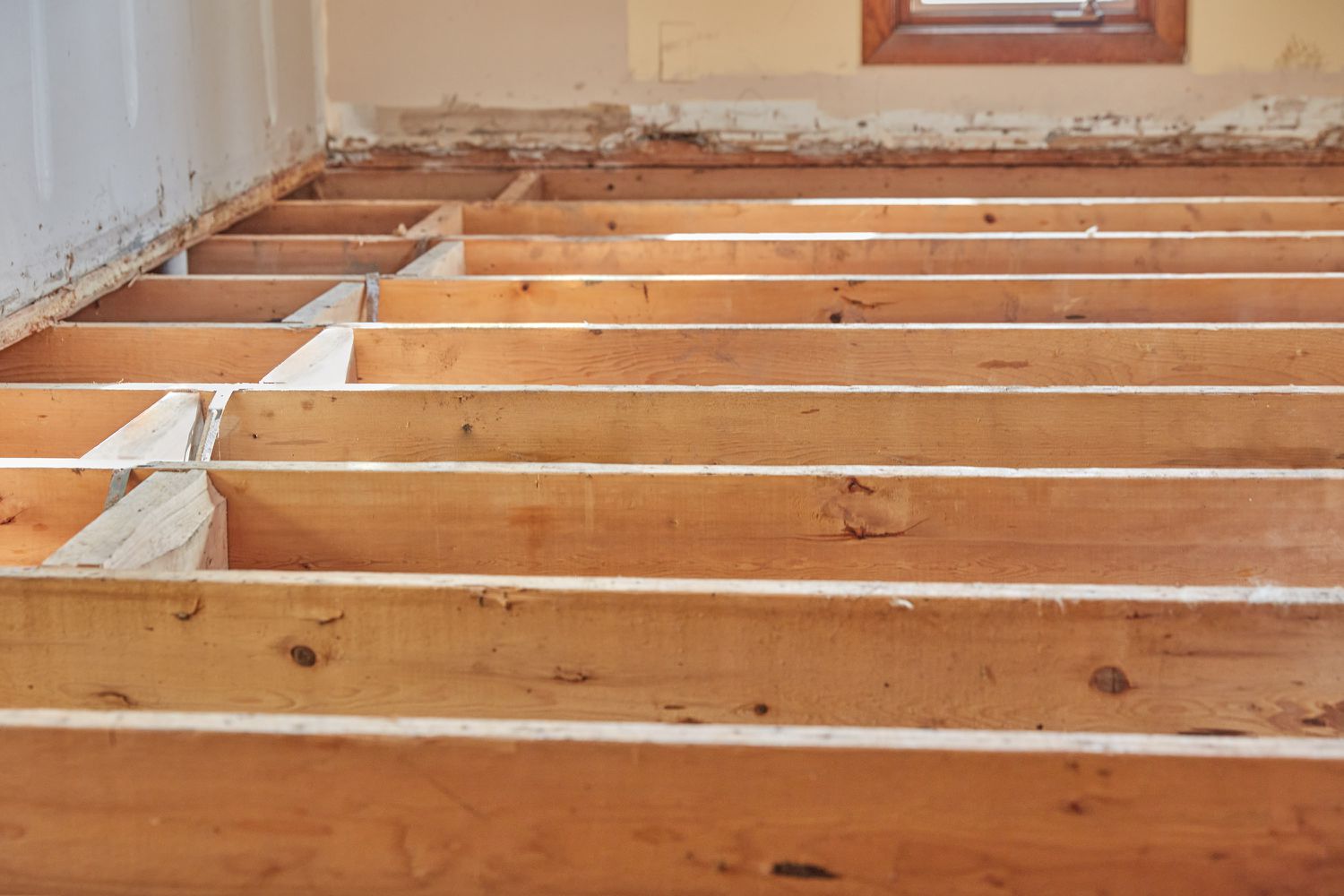
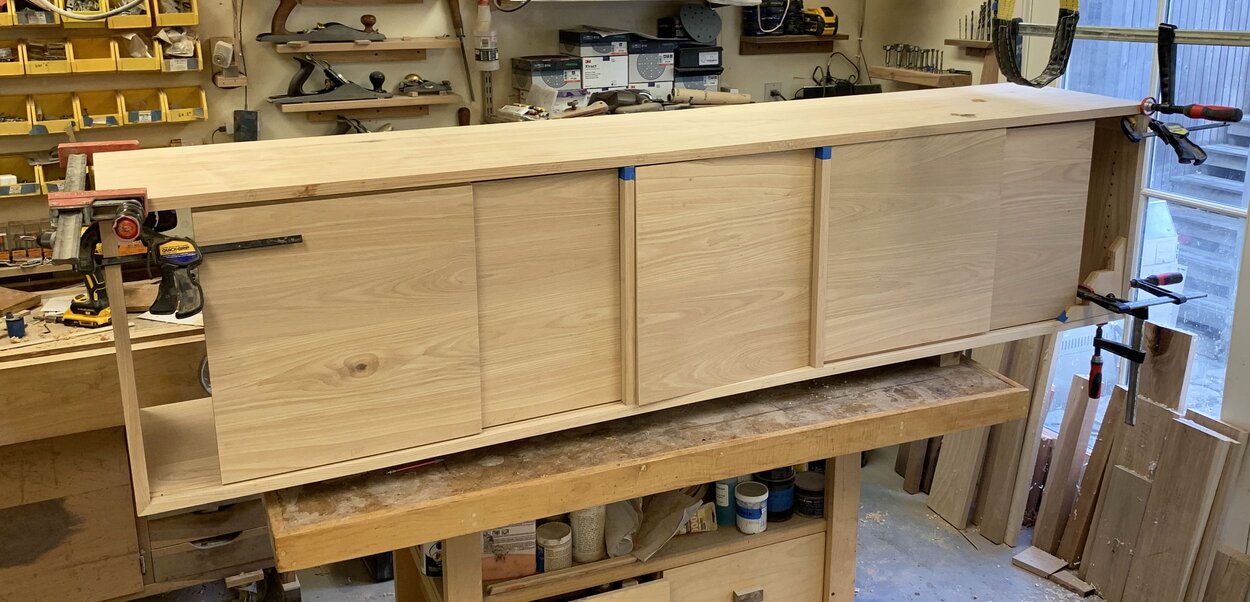
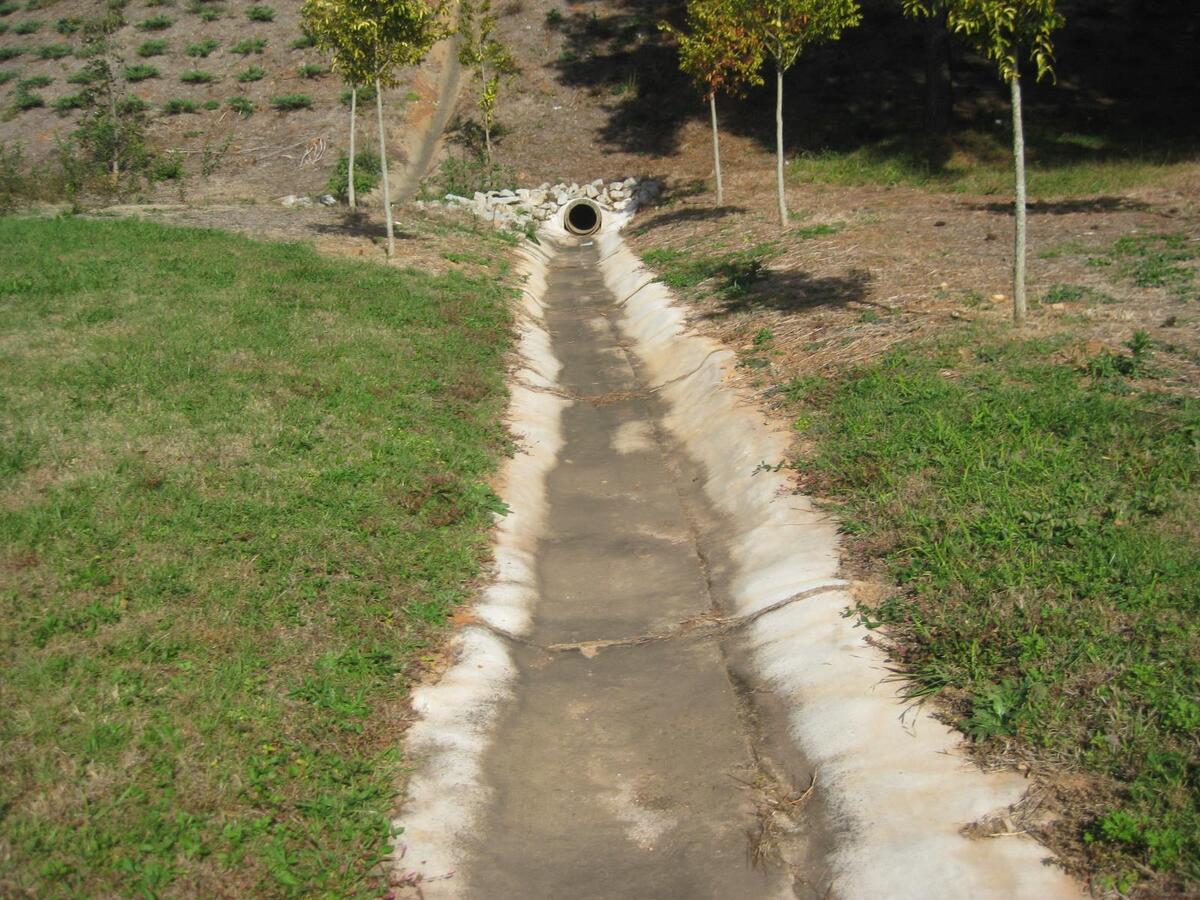

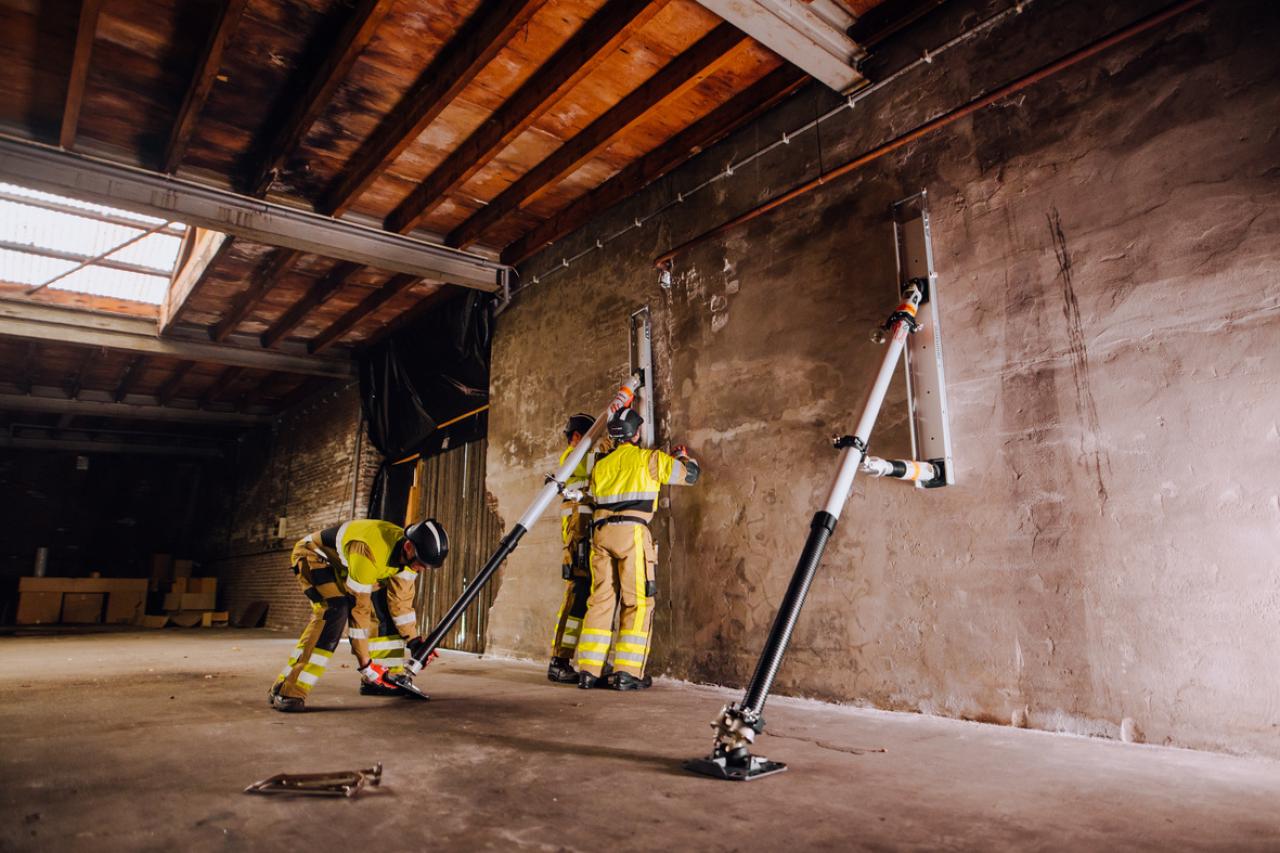



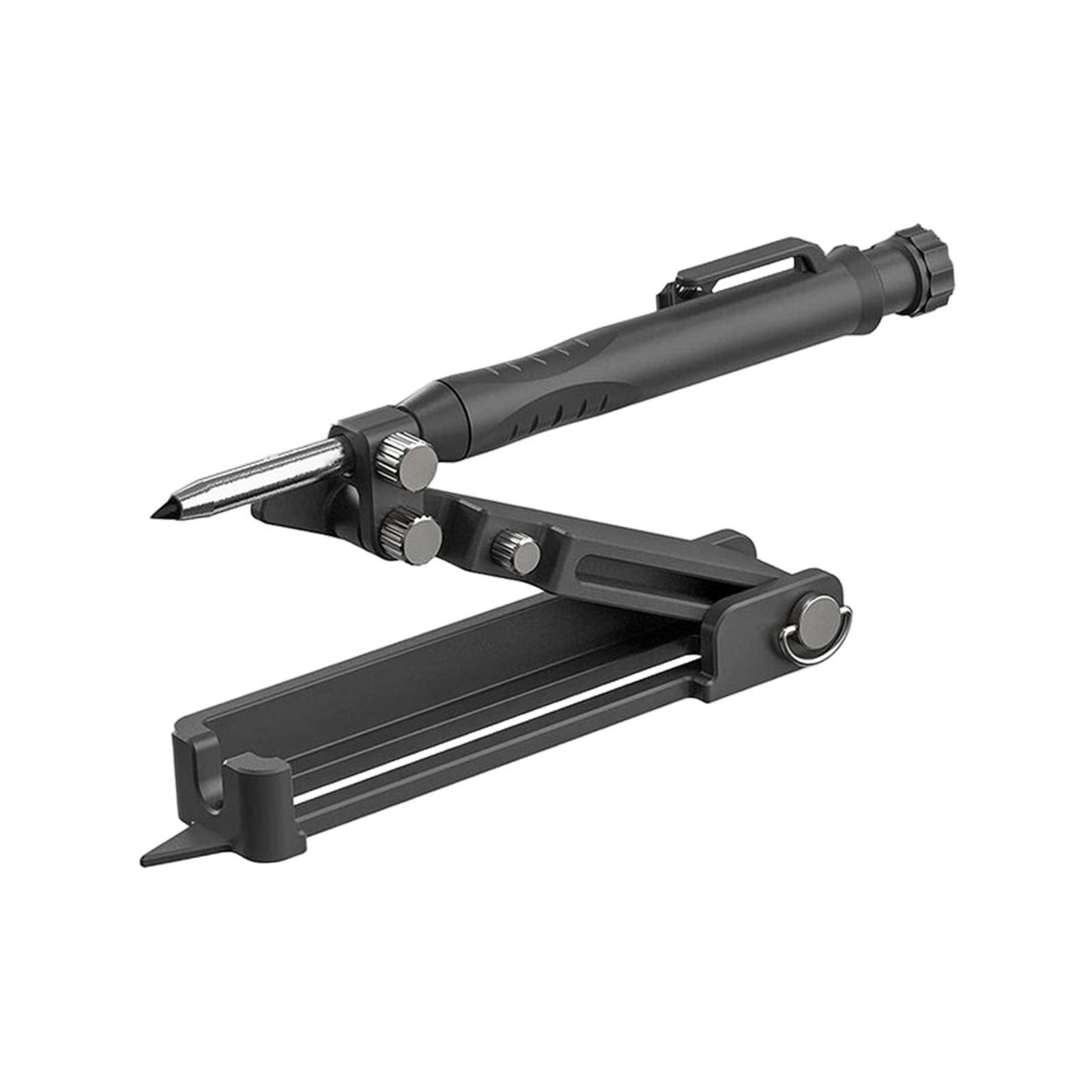
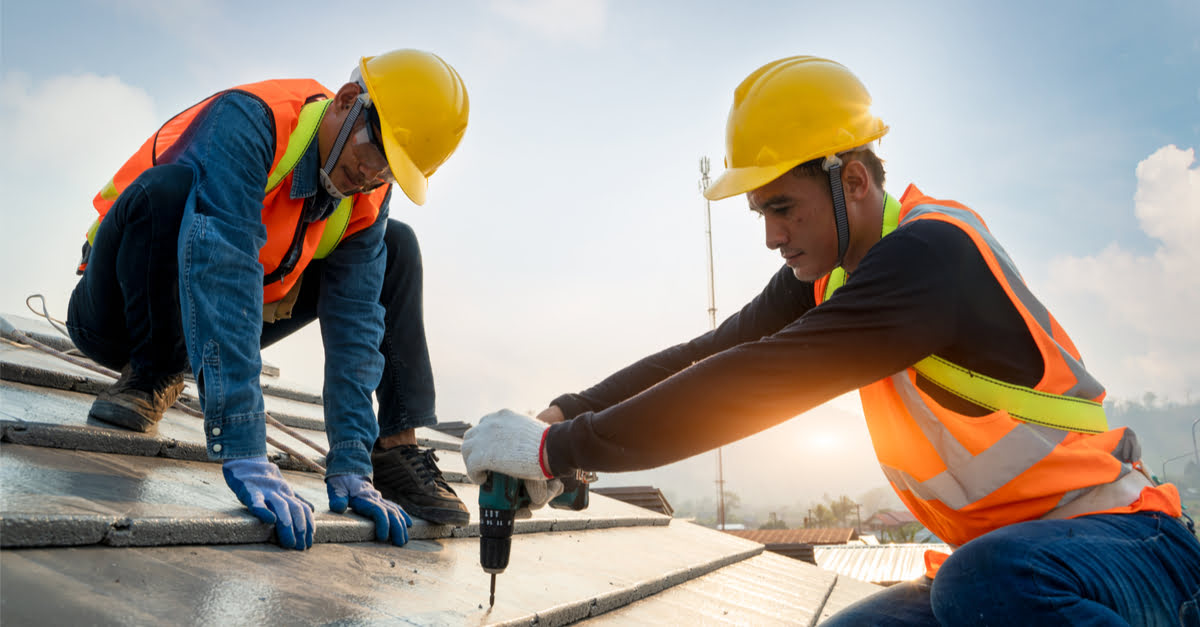

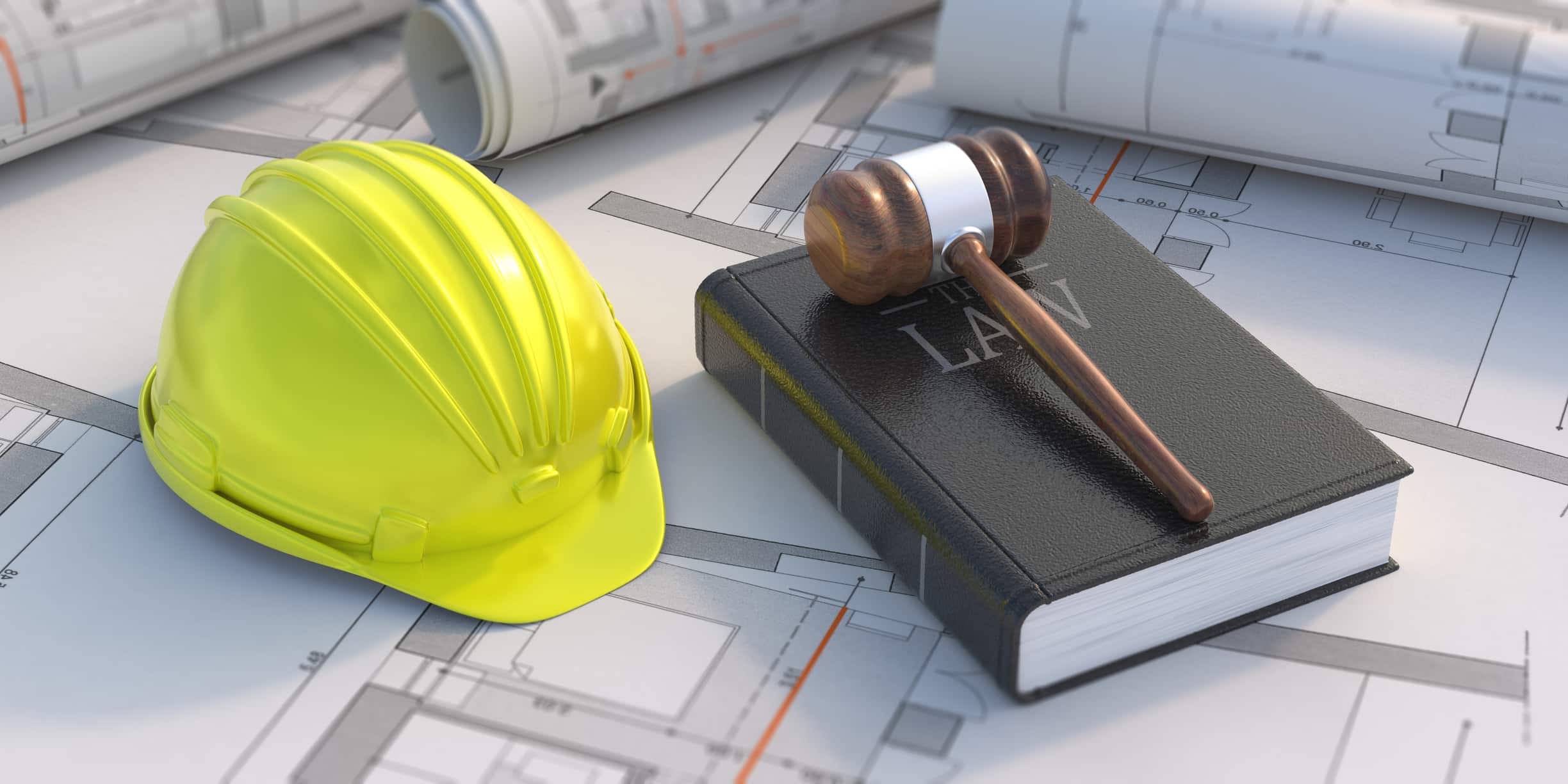
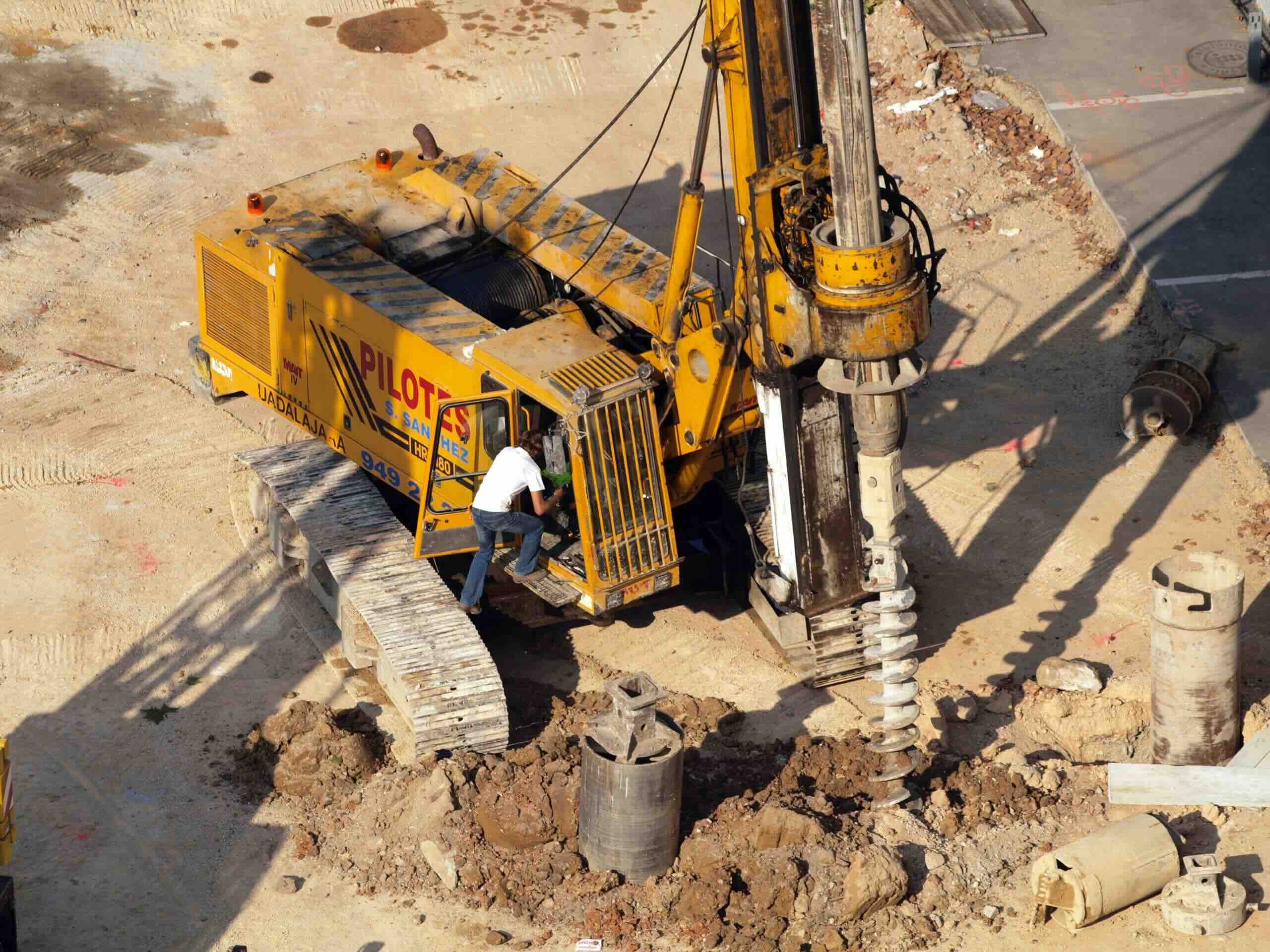

0 thoughts on “What Is A Baffle In Construction”